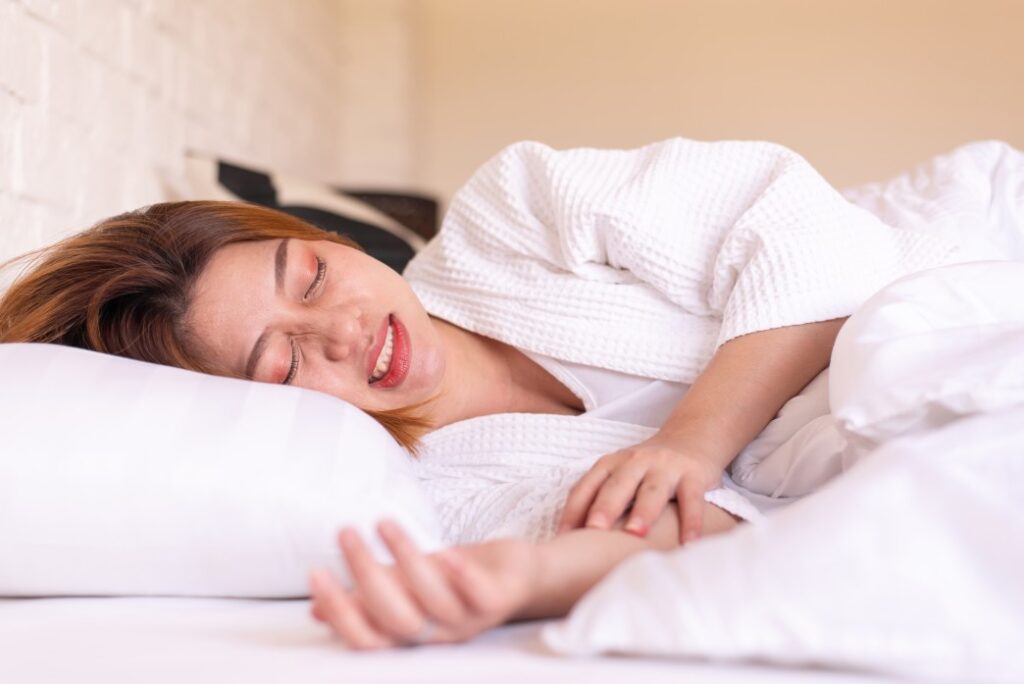How Do I Reduce Teeth Grinding

Teeth grinding, is the involuntary grinding or grinding of the teeth together at night. Gnawing causes, among other things, tooth wear and pain in the jaw joints muscles. specialist dentist explains how the symptoms of gnashing can be treated and how the resulting damage can be reduced. Watch your bite during the day do you grind your teeth together when you focus on work or exercise. Often, clenching your teeth happens unconsciously. If you clench your teeth during the day, you probably do the same at night.
When you bite your teeth less at one time during the day, it breaks the vicious cycle and also makes it easier to bite at night. You can also observe whether you have other daily ways in which you maintain the activity of the muscles without noticing, such as, for example, eating chewing gum for a long time.
Relieve congestion with heat and massage
Excessive clenching of teeth causes muscle pain and stiffness. The heat relaxes and relieves stuck chewing muscles. By placing a warm oat pillow under the chin all the way to the temples, you can relax the chewing muscles in the temple area, in front of the ear, at the corner of the jaw and at the base of the tongue. After the heat has taken effect for a while, and the muscles have returned to their resting length, you can massage the jawbone, temples and muscles with a gentle circular motion with your hands clenched into fists. In addition to an oat pillow, a warm shower or sauna are good options for relaxing the chewing muscles.
If necessary, visit a massage therapist or physiotherapist
You can also get help with pain and stiffness in the muscles from masseuses and physiotherapists who are familiar with massaging the muscles. Get bite rails to protect your teeth grunting is an embarrassing, but very common problem. Every one of us grunts from time to time. For others, grinding and clenching their teeth is a more permanent way of reacting to stress and stressful life situations. In this case, a bite splint worn at night can be a good way to protect the teeth from further damage. The bite rail provides more chewing surface for the teeth, so the pressure on the chewing muscles is reduced and at the same time the strain on the jaw joints is also reduced.
Find out together with your dentist whether it is necessary to correct the bite with orthodontic treatment bite defects and possibly missing teeth predispose. In this case, the load on the teeth is uneven, and the wearing force causes a greater risk of damage to the teeth. Orthodontic treatment is one option that improves the bite and eases the load on the teeth.



